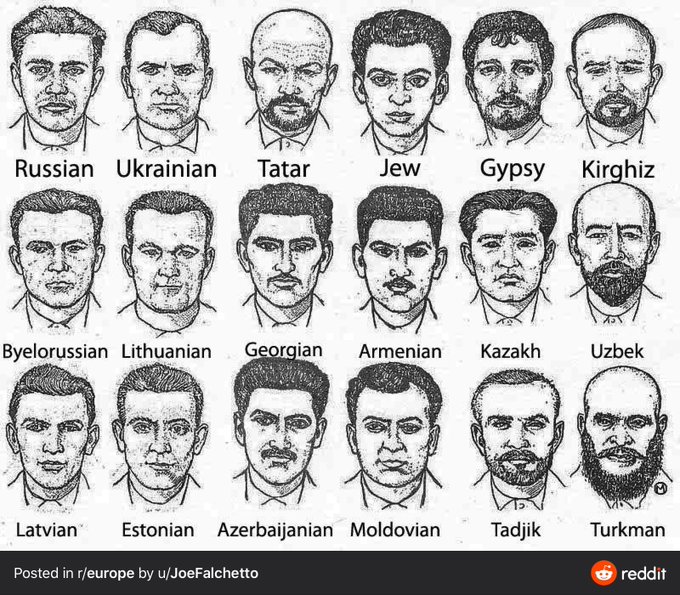One of the problems of our government is the threads connecting national legislation to local effectiveness are often broken.
I think I just found one such case today. The USDA's Agricultural Marketing Service has a program called
"Farmers to Families Food Box". Briefly the concept is to buy food, mostly perishable, which can't find a market under our pandemic conditions, and provide it in boxes to needy families. I'm thinking the boxing is a new idea being pushed by Secretary Perdue.
AMS has experience buying perishable food and providing it to schools for school lunches, tribes, etc.etc. But this is a new program using money appropriated by Congress (and perhaps CCC funding, not sure). So AMS ran a new bidding process to find more vendors capable of handling the boxing and distribution to nonprofit organizations.. (I'm not sure how much overlap between the vendors in the new program and those AMS has dealt with before. I do know there has been some scrutiny of some vendors with allegations political influence was involved in awards to new vendors.)
So my picture is, you've this established network of AMS procurements, intermediaries, and recipients. But now you have new additional money, additional intermediaries, and hopefully new recipients. Where the threat is broken in my metaphor is the last mile problem--connecting new recipients with the old or new intermediaries.
If I understand the program correctly, which is a problem, AMS and the administration are making the assumption that existing nonprofits can make the connection. But a question on the FSA employee group Facebook page raised the question. Checking the AMS sit they have a list of the approved vendors who are getting the food and boxing it. But there is no national database showing which nonprofits the vendors are dealing with. So the question is, if Jane Doe in Mississippi is interested in getting a box--who does she contact? As far as I can see, she has to use the phone book to locate a nonprofit which might be distributing the boxes.
